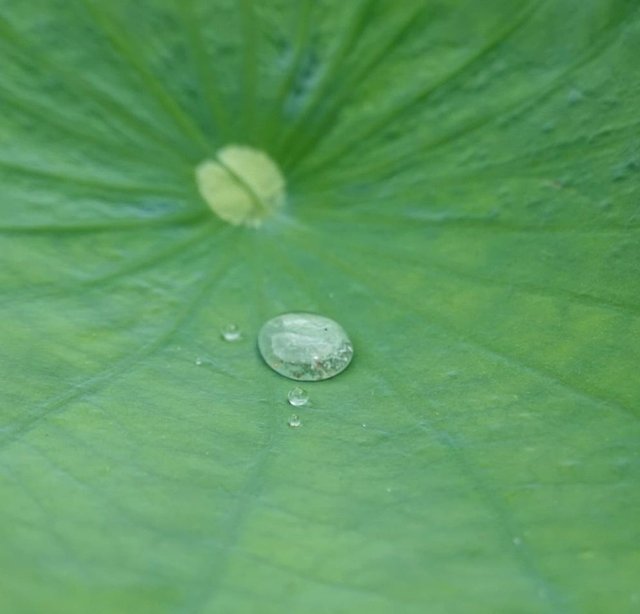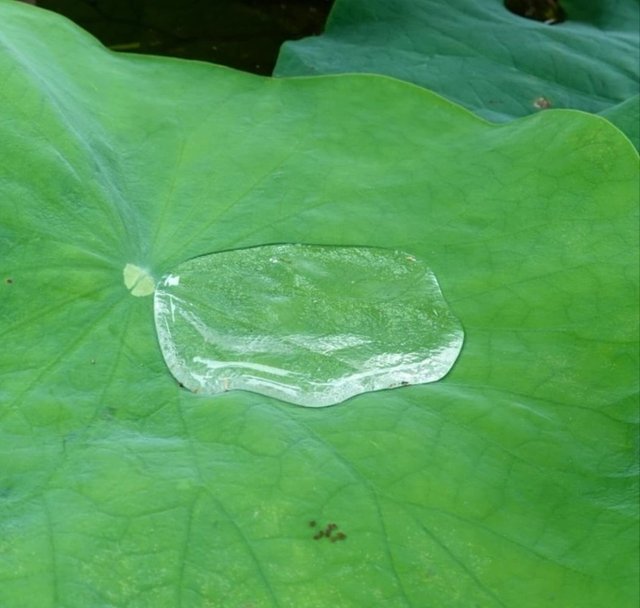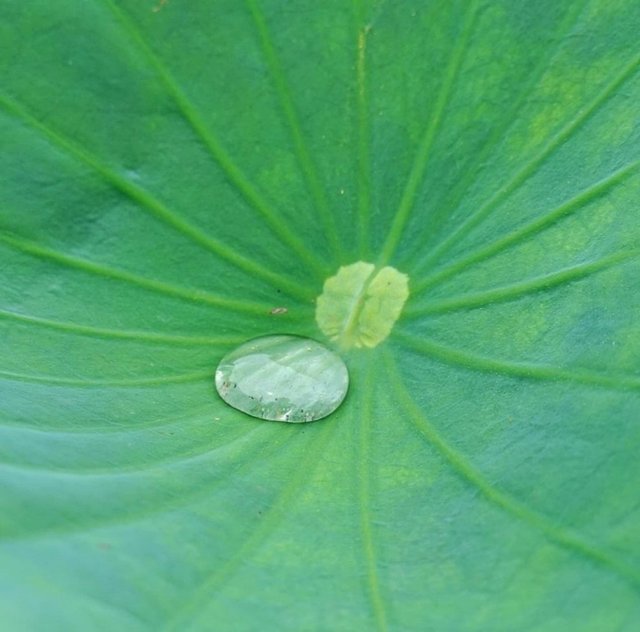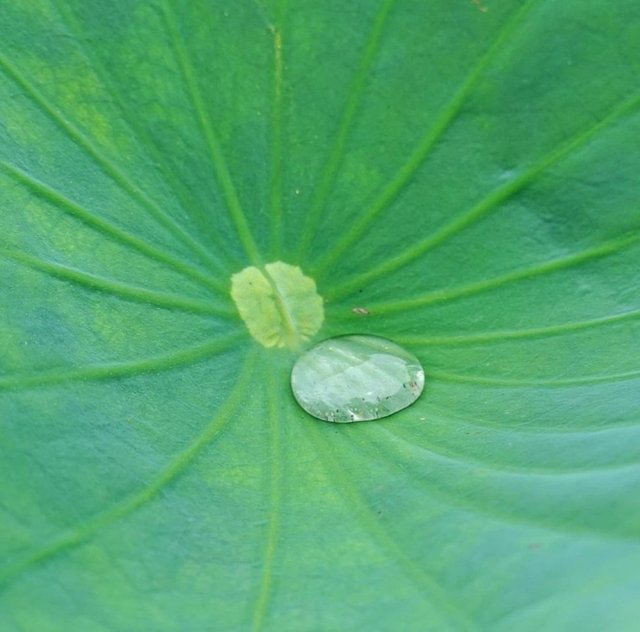Beautiful Water Drop
A water drop, seemingly simple and commonplace, holds an extraordinary depth of complexity and significance. From its role in nature to its importance in human life, the water drop is a marvel of science and an emblem of the delicate balance that sustains life on Earth.
The Science of a Water Drop
Physical Properties
A water drop is formed due to the cohesive forces between water molecules. Water is a polar molecule, meaning it has a positive charge on one side and a negative charge on the other. This polarity leads to hydrogen bonding, where the positive side of one water molecule is attracted to the negative side of another. These bonds create a network that holds the molecules together, giving water its high surface tension.
Surface tension is the force that allows water droplets to form spherical shapes. The molecules at the surface of the drop are pulled inward by the molecules below, minimizing the surface area and creating a rounded shape. This phenomenon can be observed in the way water beads up on a waxed car or forms droplets on a spider’s web.
Capillary Action
The cohesive and adhesive properties of water also lead to capillary action. Adhesion causes water to stick to the sides of narrow tubes, while cohesion pulls more water molecules along. This process is essential for the transport of water from the roots to the leaves in plants. Without capillary action, plants would be unable to survive and thrive, affecting the entire ecosystem.
Optical Properties
A water drop can act as a tiny lens, refracting and focusing light. This is why you can see magnified images through drops of water. This property is utilized in nature by some organisms and has inspired technological innovations, such as simple microscopes.




